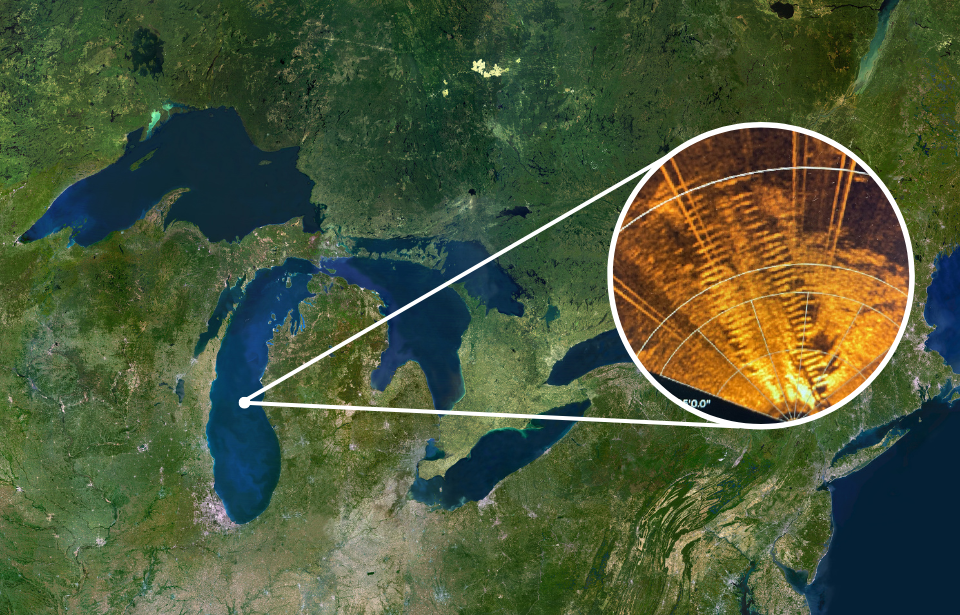When Tim Wollak took his daughter Henley on a fishing trip on Lake Michigan, he didn’t expect to find anything more than fish. However, as they made their way onto the lake, they discovered a wreckage that may have once been the George L. Newman. If that is the case, they found the wreck of a ship that sank during the Great Peshtigo Fire over 150 years ago.
She thought it was an octopus
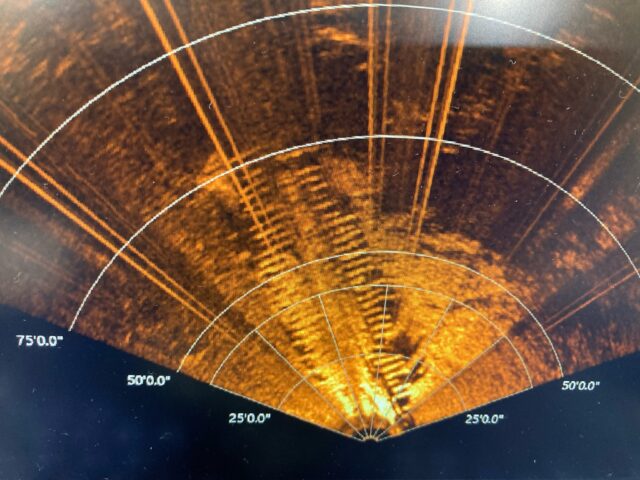
While they were fishing near Green Island, Henley believed she had spotted the rare “Green Bay Octopus” on their sonar. Her father came to check it out and quickly realized it was not an octopus but rather what looked to be some kind of shipwreck. “I was surprised I had never seen it before because it’s in an area where people regularly go,” Tim explained in an interview.
After taking some pictures of what they saw on the sonar, Tim did some research to try and determine exactly which shipwreck they had stumbled across. Based on what he found, he believed they were looking at what was left of the Erie L. Hackney. With this information in tow, he then took his findings to Facebook, joining various groups to try and get some clarity as to whether he was correct. The Wisconsin Historical Society took notice of Tim’s posts on Facebook and started doing some digging of their own and determined that it was not the Erie L. Hackney like Tim had first believed, but rather it was more likely to be the wreck of the George L. Newman.
The George L. Newman
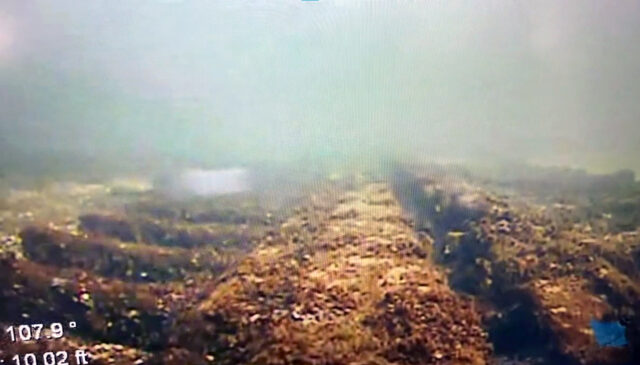
Tamara Thomsen, a maritime archaeologist for the Wisconsin Historical Society, explained how “We went back to our database to see if there was anything reported in the area and we didn’t have anything. However, in the database we have information on historic losses and this fits the loss location of the George L. Newman.”
Following this, conservation warden Mike Neal was sent to the area to investigate the shipwreck, using a remote-operated vehicle (ROV) to capture several photographs of what remained of the ship. By doing so, they confirmed that the wreck belonged to a three-masted ship that was currently in eight to 10 feet of water, just like the George L. Newman was described to be.
The George L. Newman was built in Black River, Ohio, in 1855 by a shipwright named Benjamin Flint. The vessel was a 122-foot-long barkentine – a sailing vessel that was able to be operated by a relatively small crew.
The Great Peshtigo Fire
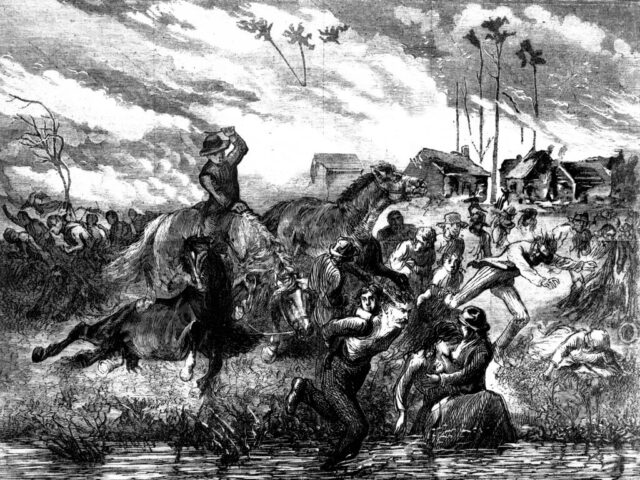
The fate of the George L. Newman was a result of the Great Peshtigo Fire in 1871. On October 8, the ship was transporting lumber from Little Suamico, Wisconsin, when it ran aground due to thick smoke caused by the fire. What started out as a brush fire quickly spread to destroy 1.2 million to 1.5 million acres of land. The entire city of Peshtigo was burned to the ground, as were 16 other towns as well. The fire resulted in the deaths of more than 1,200 people, giving it the title of deadliest fire in US history.
That day, because the smoke was so thick, Green Island lighthouse keeper Samuel Drew decided to keep the light going even during the daylight hours. When the George L. Newman ran aground, Drew was the one to save the ship’s crew. They stayed with him on the island for a few days, trying to salvage whatever they could from the wreck, but ultimately had to abandon ship.
Next steps moving forward
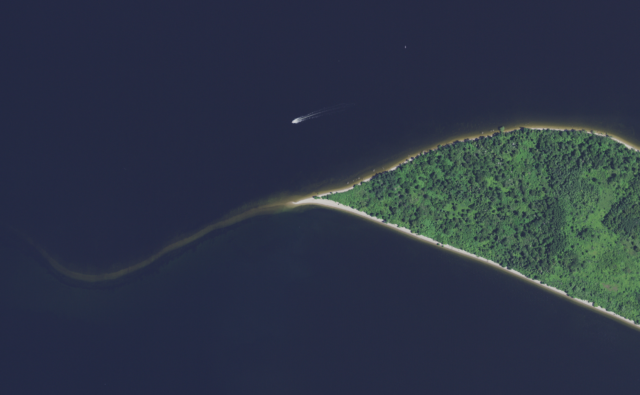
Following its sinking, the wreck became covered in sand and was, for the most part, “largely forgotten.” That is until the father-daughter duo came across it. “I don’t know how we top it,” Tim said. “I told [Henley] I’m pretty sure there’s no one else in her school that has ever found a shipwreck that nobody had recorded before… I guess we’ll just have to fish more and see if we can find more shipwrecks.”
More from us: The Tree Under Which Isaac Newton Discovered Gravity Is Still Alive and Well
Moving forward, archaeologists intend to conduct more extensive analyses of the wreck, with the likely intention of nominating it for inclusion on the National Register of Historic Places. “As soon as I can get a group together, we’re going to go out and try and locate the site and do a few dives on it over several days and try to record this site,” Thomsen explained.
